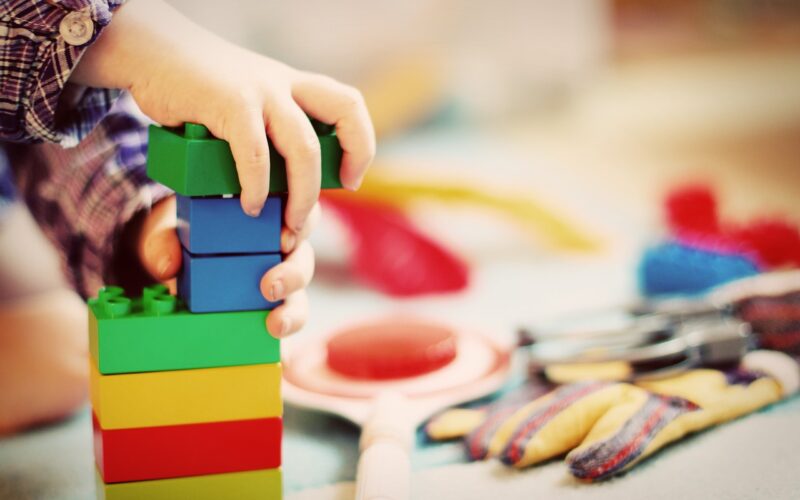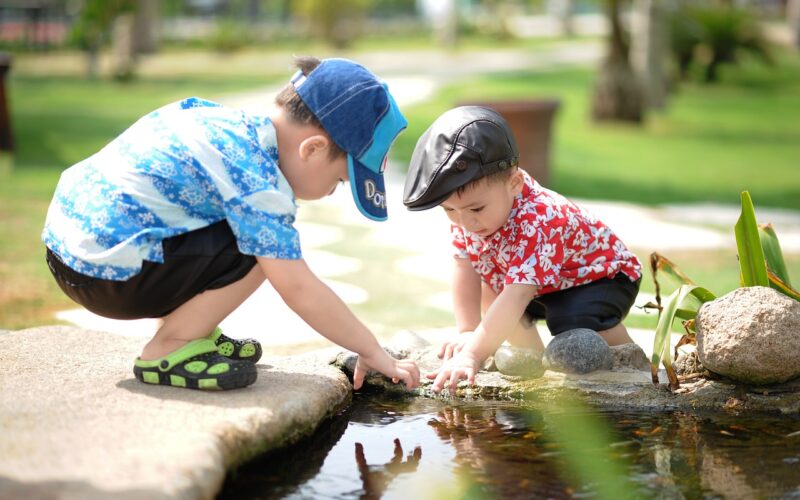Communication Without Speaking
Children possess a remarkable ability to connect and communicate, even when they do not share a common language. Their innate curiosity, creativity, and willingness to engage with others make them natural communicators. In an increasingly globalized world, it is not uncommon to find children from diverse linguistic backgrounds coming together in various settings such as schools, playgrounds, and community events. Despite the language barrier, these young minds find ways to understand each other and form meaningful relationships.
Non-verbal communication
One of the most effective ways children bridge the language gap is through non-verbal communication. Body language, facial expressions, and gestures play a crucial role in conveying emotions and intentions. A smile, a nod, or a thumbs-up can easily express approval or happiness, while a frown or a shake of the head can indicate disagreement or disinterest. Children are adept at picking up on these cues and using them to interact in a meaningful way. Additionally, actions such as pointing to objects, mimicking actions, or using simple hand signals help children convey their messages to each other without the need for words.
Play and shared activities
Play is a universal language that transcends linguistic boundaries. When children engage in play, they naturally find ways to collaborate and communicate. Shared activities such as playing with toys, drawing, building with blocks, or participating in sports provide a common ground for interaction. Through play, children can demonstrate what they want to say, observe and imitate each other's actions, and learn new words and phrases in the process. The context of the activity often helps clarify meaning, making it easier for children to understand each other despite the language barrier.
Use of visual aids
Visual aids are another powerful tool that children use to communicate when they do not share a common language. Pictures, drawings, flashcards, and other visual representations can help convey complex ideas in a simple and understandable way. For example, a child can draw a picture of a dog to indicate they want to talk about their pet, or use a flashcard with a picture of a ball to suggest playing a game. Visual aids provide a tangible reference that children can use to bridge the gap between different languages and facilitate understanding.
Learning from each other
Children are quick learners, and their natural curiosity drives them to acquire new words and phrases from their peers. When children from different linguistic backgrounds spend time together, they often pick up each other's languages through observation and repetition. This informal language learning process is facilitated by the children's willingness to mimic sounds, words, and sentences. Over time, they build a basic vocabulary that allows them to communicate more effectively. Additionally, children are often eager to teach each other their language, turning the interaction into a mutually beneficial learning experience.
Role of adults and teachers
While children are capable of finding ways to communicate on their own, the support and guidance of adults and teachers can significantly enhance this process. Educators and caregivers can create an inclusive environment that encourages interaction between children from different linguistic backgrounds. They can introduce activities that promote cooperation, provide visual aids and resources, and model positive communication behaviours. By facilitating opportunities for children to engage with one another, adults can help reinforce the natural communication strategies that children use and foster a sense of community and understanding.
Technology and language learning tools
In today's digital age, technology plays a vital role in helping children communicate across language barriers. Language learning apps, translation tools, and interactive games designed for children can provide additional support and resources. These tools often incorporate visual and auditory elements that make learning new languages fun and engaging. By using technology, children can access a wealth of resources that aid in language acquisition and communication. Additionally, online platforms and social media can connect children from different parts of the world, providing opportunities for cross-cultural interactions and friendships.
Children have an incredible ability to communicate and connect, even when they do not share a common language. Through non-verbal communication, play, visual aids, learning from each other, and the support of adults and technology, they find creative and effective ways to bridge the language gap. These interactions not only enhance their communication skills but also foster mutual respect, empathy, and cultural awareness. By nurturing these natural abilities, we can help children build a more inclusive and interconnected world.





